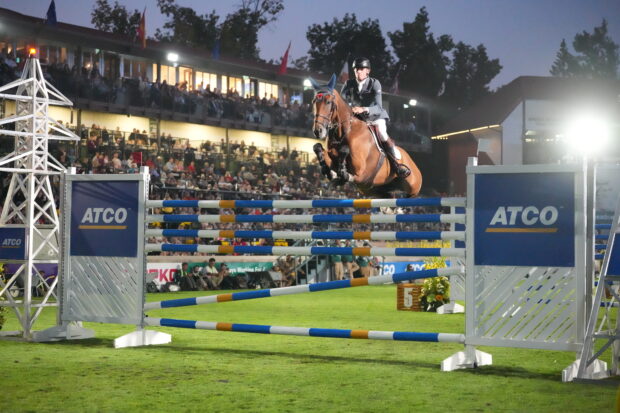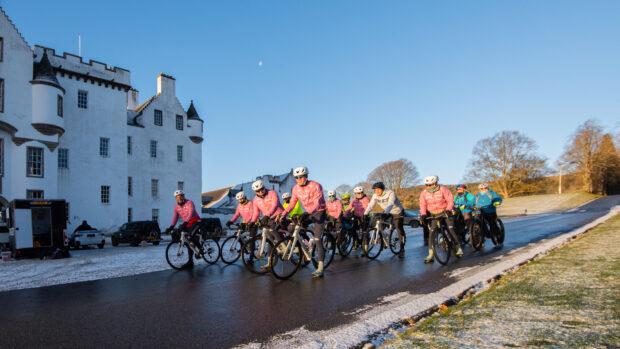The consultant who treated showjumper Tim Stockdale for his broken neck says he is seeing more spinal injuries as a result of riding accidents than from rugby.
And he queries whether more hats should have flexible peaks.
Aheed Osman, of the Midlands Centre for Spinal Injuries in Oswestry, told H&H he had seen a “dramatic rise” in such cases – across all levels of ability.
“Fifteen years ago, most of the sporting injuries I saw were from rugby,” he said.
“But now riding appears to be the most common sporting activity for causing spinal injuries.”
Mr Osman has had three riders – including Tim – on his ward in the past few months, but only one rugby player. He believes the reasons are twofold.
“Riding is becoming increasingly popular and rugby, particularly schoolboy rugby, has changed a lot.
“There is better coaching, better preparation – and the contact rules have altered slightly,” he said.
Tim spent six weeks at Oswestry after falling from a young horse. He hopes to
start riding again at the end of this month.
“There were three riders in that unit, which had 30 beds,” he said. “So to have 10 per cent taken up by riders seemed quite high.
“Perhaps in rugby there is a bit more awareness about the perils,” he added.
The other two injured riders – retired police officer Ian Bolshaw and Seline Hodoglu, who is 15 – were also thrown while trying new horses.
Mr Osman said he would always advise people to try a new horse on an artificial surface and to check the tack.
He also believes some of the injuries he has seen could have been reduced – or even avoided – if the rider had been wearing a hat with a collapsible peak.
“Mr Bolshaw went over the front of the horse and the [fixed] visor caused his neck to be pushed back,” he said.
“As a medic, I look at the mechanics of injury – and it makes a lot of sense mechanically to have a collapsible visor.”
But according to the Spinal Injuries Association, Mr Osman’s experiences are not necessarily reflected in the 11 spinal units across the UK.
Director Paul Smith said different areas tended to see different problems.
“And while riding is a risk activity, statistically far more spinal injuries are caused by falls and RTAs [road traffic accidents],” he added.
Mr Osman agrees – but stresses that it is possible to minimise the risk to riders.
“Fortunately, it is a rare injury,” he said. “Hopefully, by raising awareness, we can reduce it further.”
Tim is fundraising for the centre. To donate, go to: www.justgiving.com/British-Showjumping-2012.
This news story was first published in the current issue of H&H (9 February 2012)



